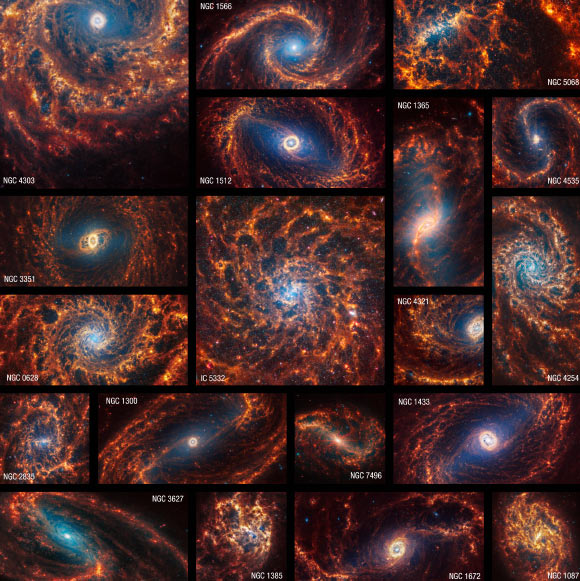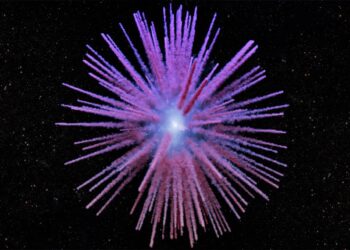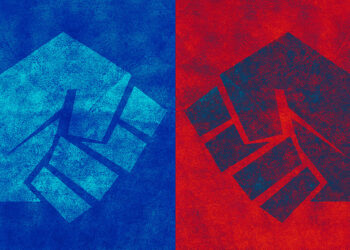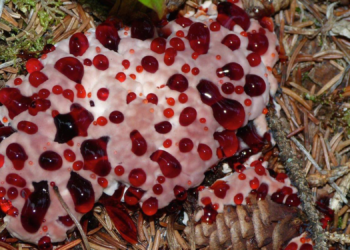These new images from the NASA/ESA/CSA James Webb Space Telescope are part of the large, long-standing Physics at High Angular resolution in Nearby GalaxieS (PHANGS) project.
“Webb’s new images are extraordinary,” said Dr. Janice Lee, an astronomer at the Space Telescope Science Institute.
“They’re mind-blowing even for researchers who have studied these same galaxies for decades.”
“Bubbles and filaments are resolved down to the smallest scales ever observed, and tell a story about the star formation cycle.”
“I feel like our team lives in a constant state of being overwhelmed — in a positive way — by the amount of detail in these images,” added Dr. Thomas Williams, a postdoctoral researcher at the University of Oxford.
Webb’s Near-Infrared Camera (NIRCam) captured millions of stars in these images, which sparkle in blue tones.
Some stars are spread throughout the spiral arms, but others are clumped tightly together in star clusters.
Webb’s Mid-Infrared Instrument (MIRI) data highlights glowing dust, showing us where it exists around and between stars.
It also spotlights stars that haven’t yet fully formed — they are still encased in the gas and dust that feed their growth, like bright red seeds at the tips of dusty peaks.
“These are where we can find the newest, most massive stars in the galaxies,” said University of Alberta’s Professor Erik Rosolowsky.
The new Webb images show large, spherical shells in the gas and dust.
“These holes may have been created by one or more stars that exploded, carving out giant holes in the interstellar material,” said Ohio State University’s Professor Adam Leroy.
“Now, trace the spiral arms to find extended regions of gas that appear red and orange.”
“These structures tend to follow the same pattern in certain parts of the galaxies,” Professor Rosolowsky said.
“We think of these like waves, and their spacing tells us a lot about how a galaxy distributes its gas and…
Read the full article here







